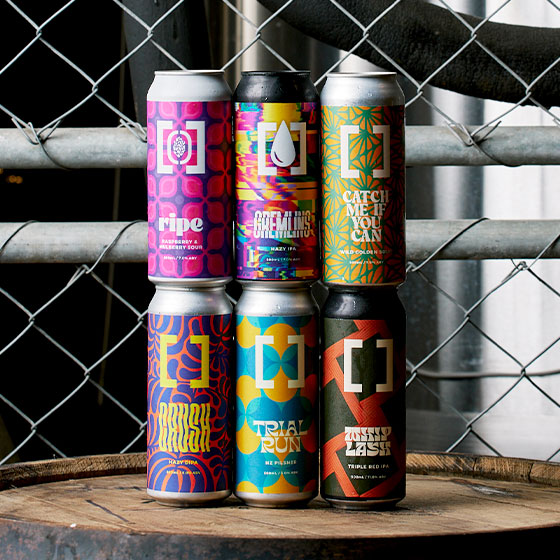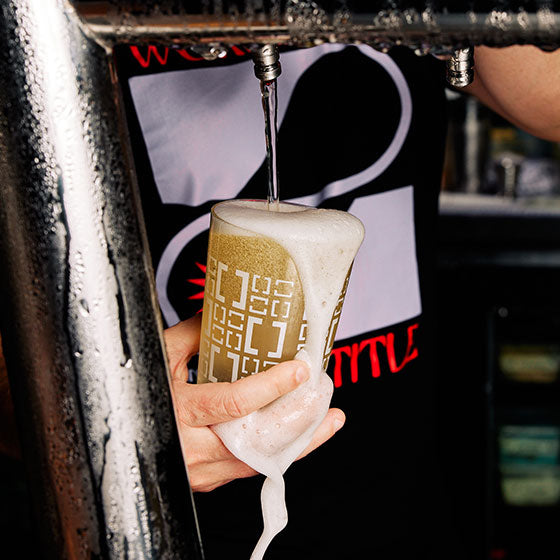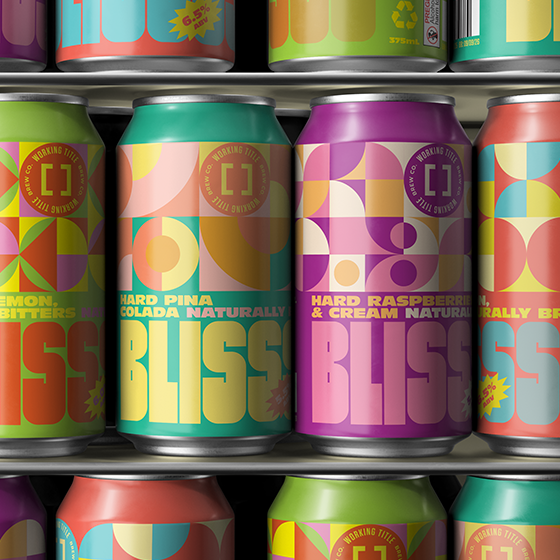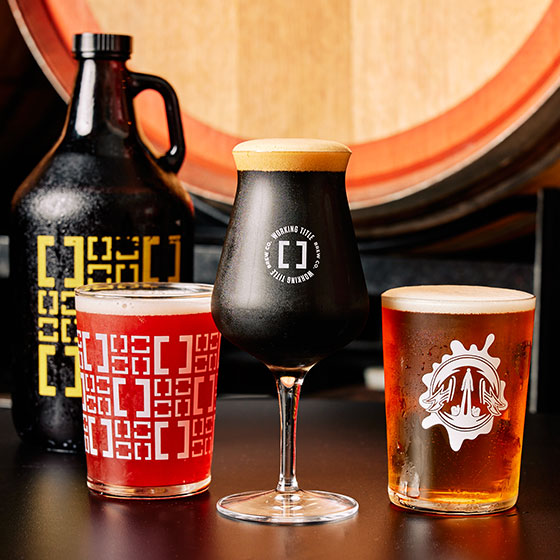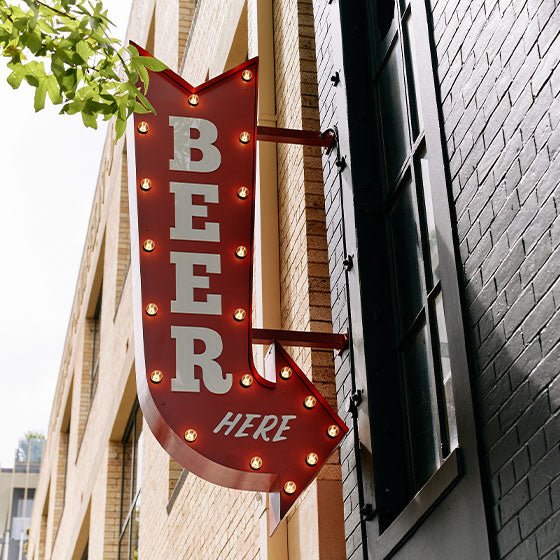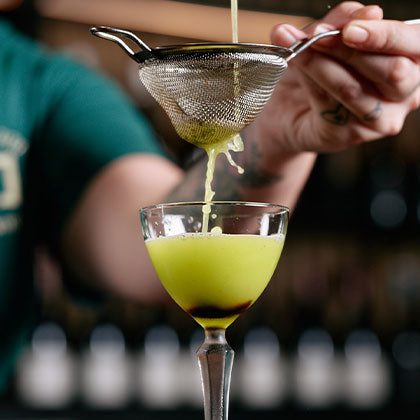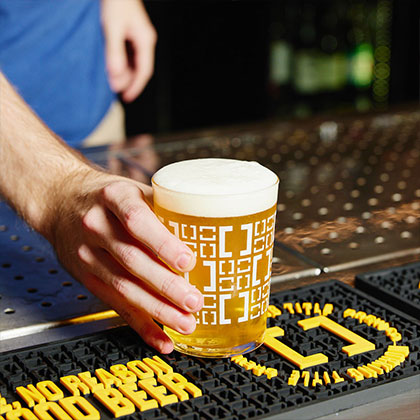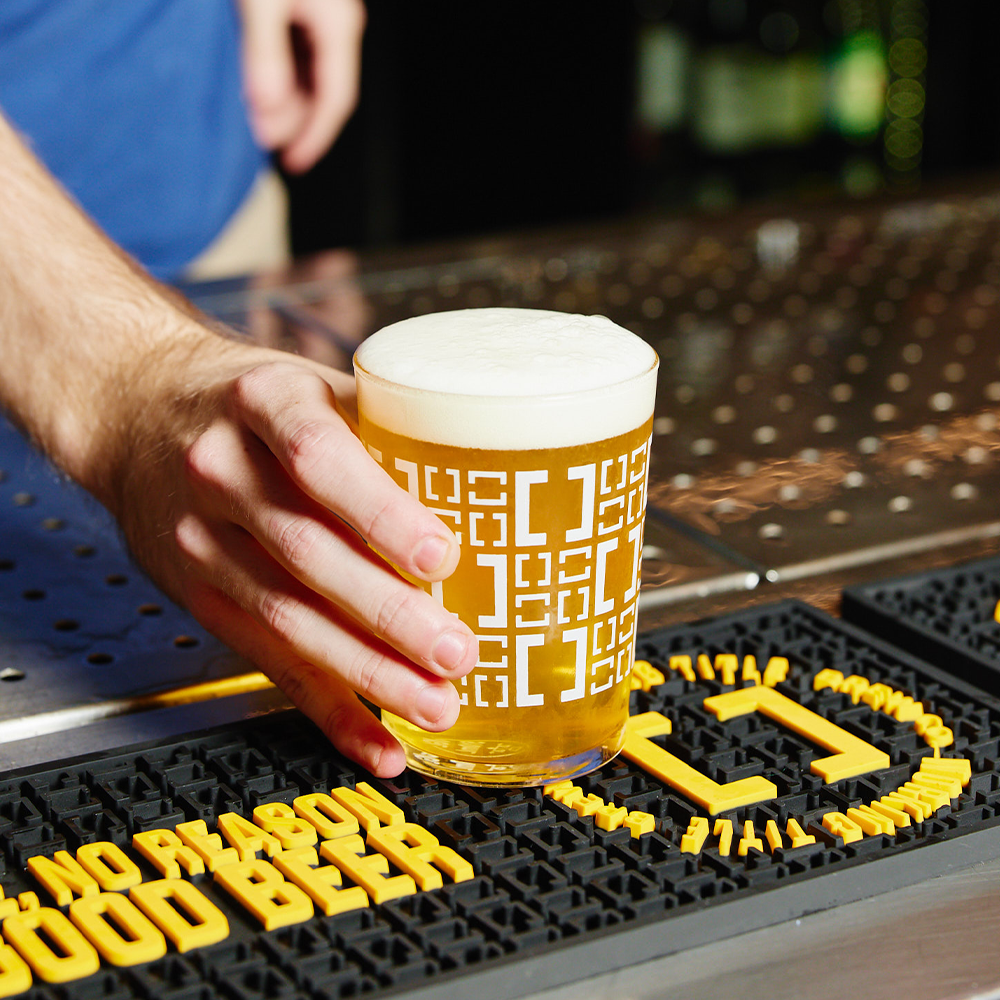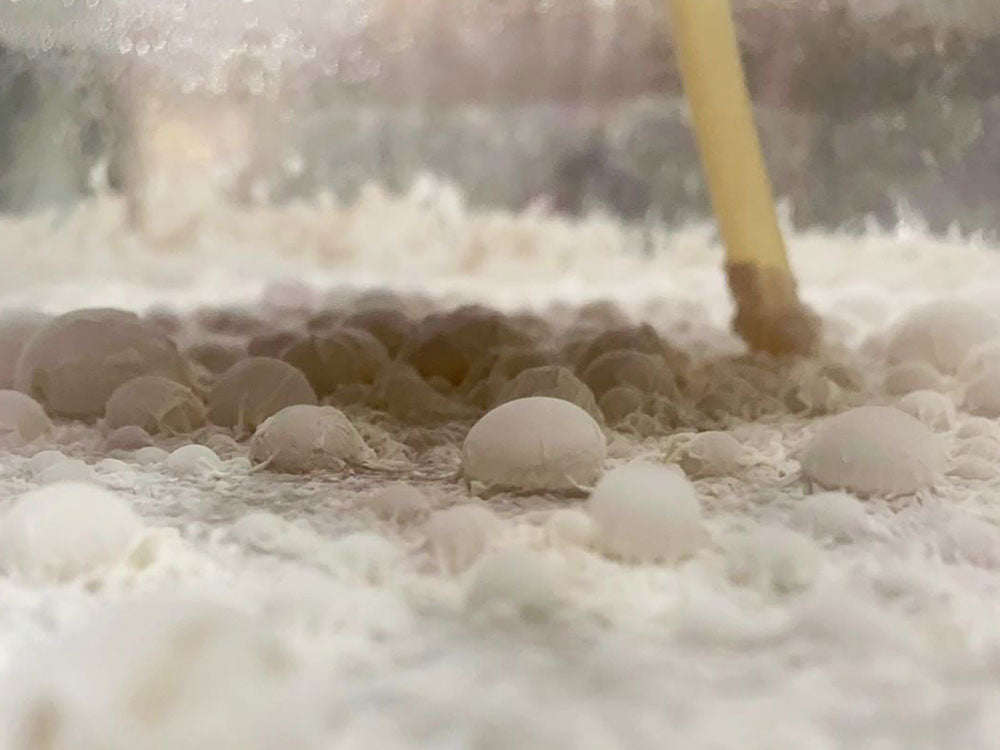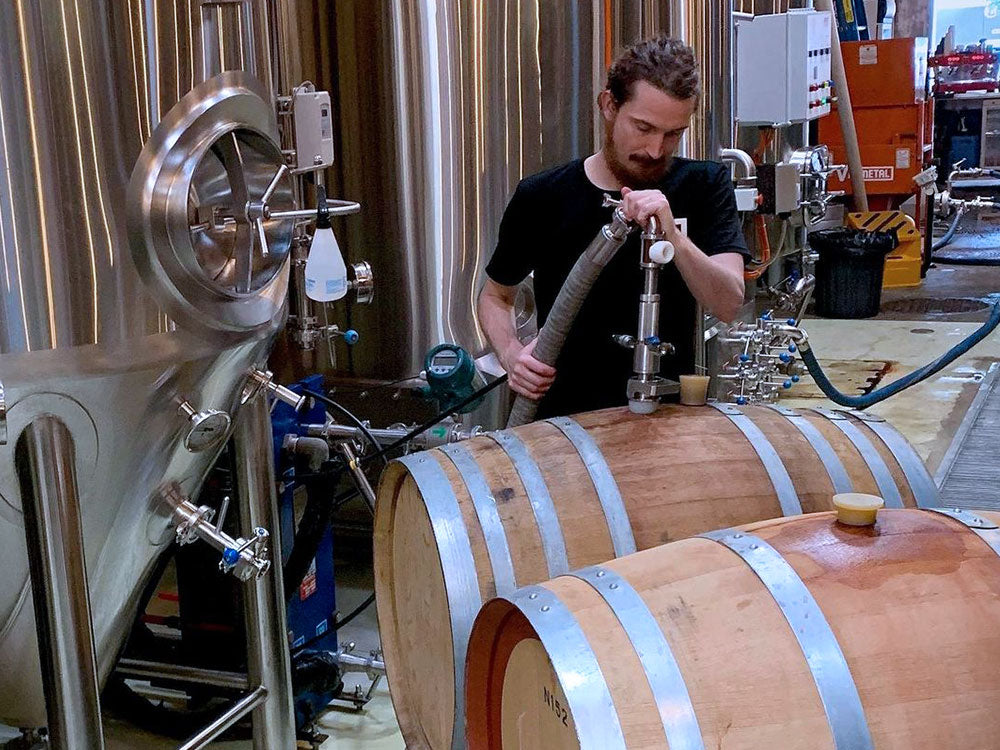One of the sequences during brew day (the production of liquid sugar from cereals), is boiling. Boiling serves many purposes; it sanitises the wort, it slightly improves the pH, it adds a tiny amount of colour depth, it congeals protein and polyphenol promoting hazy, it solubilises the bittering compound from hops and it evaporates unwanted compounds.
Evaporation during boiling is critical, not just to improve the gravity, pH and colour, but to remove unwanted sulphur-based volatiles. This is predominately DMS. DMS is a natural product formed from amino acids in the malt. Luckily for us, it is very volatile, one of the reasons why we can perceive it so readily. And so it can be easily removed by a vigorous boil and adequate evaporation. It has an unpleasant cooked cream or tinned corn flavour.
Evaporation is a function of both the dimensions of the kettle (the surface area to volume ratio of the wort) and the applied heat source. It is important to have a vigorous rolling boil, not just a languishing boil that has no convection. It is also critical not to over fill the kettle, and not to have a low surface area with a high volume. Or at least, if this is necessary, to ensure the length of boil is extended to account for it. Finally, a minimum evaporation rate of over 5% v/v must be achieved.
In our local council regulations, we are required to have a condensing unit on our kettle. This reduces the fumes that escape to the local surrounds by capturing them in an arm, that extends from the top of the kettle, This arm is injected with a stupidly wasteful amount of water, and the vapour condenses and falls to waste water. This process, however, reduces our evaporation rate to an unsatisfactory 2-3%. Of course we would never contravene our council regulations by leaving the hatch open during the boil.
Sniff sniff wink wink. Time for a swim.

